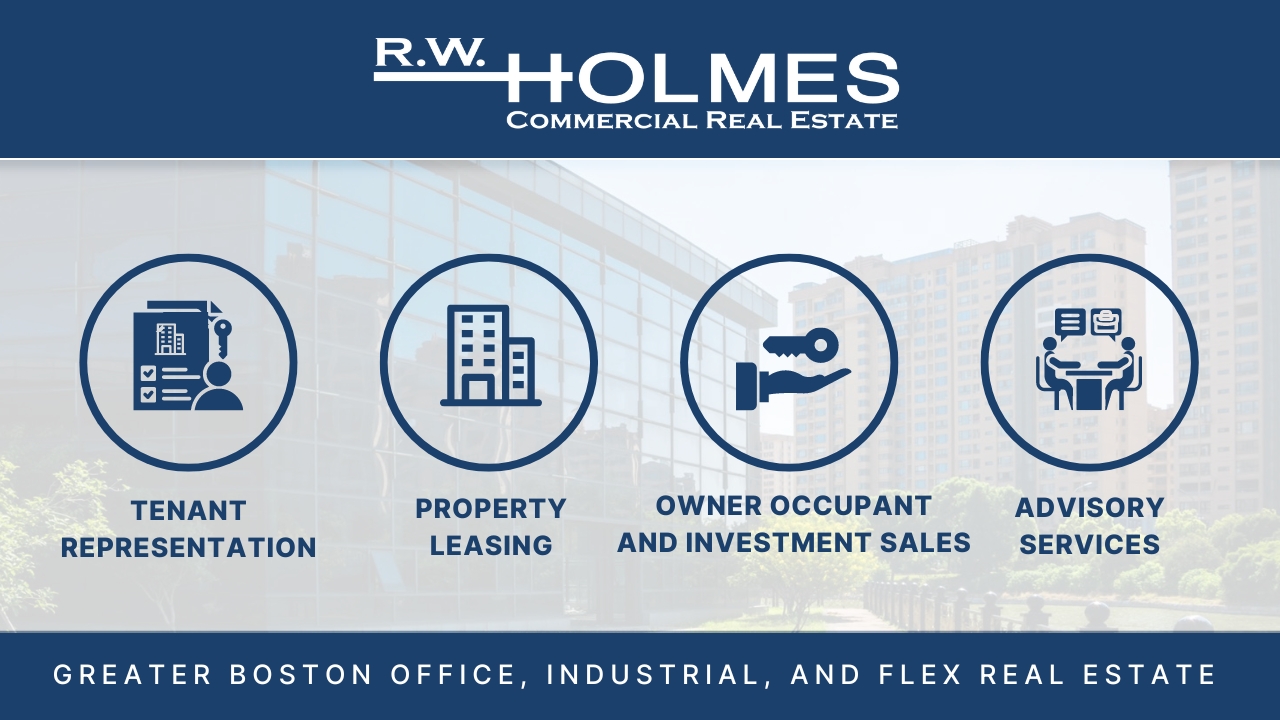By Angel Kozeli Mozina, Esq.
For the past few years, Greater Boston’s urban and suburban landscape has become the hub for the development of mixed-use condominiums. Unlike a residential or a commercial condominium, a mixed-use condominium is comprised of both commercial and residential units, which are typically located within the same building or as separate buildings. One example is the Millenium Tower in Boston’s Financial District, which consists of a 60-story building with restaurants and a grocery store in the lower floors and residential units in the remainder of the building. Another example is the Maynard Crossing development in Maynard, Massachusetts, which will have a mix of retail, office, restaurant, supermarket and residential buildings.
The co-existence of residential and commercial units in a mixed-use condominium presents unique challenges and opportunities when drafting the governing documents. Below are a few to consider and be mindful of.
LIMITED COMMON AREAS
In every mixed-use condominium, the limited common areas or exclusive use areas of the building must be defined clearly. The limited common areas of the commercial units are different from the limited common areas of the residential units. The limited common areas of the commercial units can be referred to as Limited Commercial Common Areas. These would include exterior equipment, pipes and other facilities serving only the commercial units.
The limited common areas of the residential units consist of areas that serve only the residential units, e.g. entrances, stairways, patios, and lobbies. In addition, there will be common areas that serve the entire building or buildings, such as the garage of the building or an exterior parking lot.
Because there are common areas, limited residential common areas and limited commercial common areas, the Condominium Trust should provide for three budgets and the Condominium Trustees need the authority to create and adjust these budgets.
ZONING AND USE
At minimum, a zoning and permitting analysis is essential before creating the mixed-use condominium. A preliminary review of the zoning ordinances or zoning by-laws should guide the scope and definitions of the use clause in the Master Deed. Frequently, permits from the local zoning board are required and must be obtained before the development and construction can commence.
The intended use of the commercial units must be described narrowly and in detail. For example, the Master Deed could provide that the commercial units may be used for any lawful retail or office purpose, but not such uses that could adversely affect the residential units, such as a pet store.
Likewise, the use of the residential units must be covered separately. Their use should be limited to residential purposes and perhaps a home office. The home office should be limited to an accessory or ancillary use, subject to zoning and ordinance laws, with limited, both in time and frequency, foot traffic from clients and other business invitees.
A major issue in mixed-use condominiums is the tension between residential unit versus commercial unit owners in such matters as use, control, insurance, maintenance and repairs, and allocation of common area expenses. The Master Deed, Trust, By-Laws and Rules and Regulations must address, and, when possible, provide concrete resolution mechanisms for such concerns.
BENEFICIAL INTEREST PERCENTAGES
In a mixed-use condominium, percentage interests should be provided as follows:
· The proportionate interest of a unit in the common areas;
· The proportionate interest of a unit in the limited residential common areas; and
· The proportionate interest of a unit in the limited commercial common areas.
All units, residential and commercial, have a percentage interest in the common areas. Only the residential units have a percentage interest in the limited residential common area and only the commercial units have a percentage interest in the limited commercial common areas.
THE TRUSTEES
Finally, another challenge to mindful of is that the Condominium Trust should provide for both residential unit owner trustees and commercial unit owner trustees. Two ways to accommodate and diffuse potential tension in joint governance are: 1) proportionate representation and/or 2) bifurcation of exclusive authority. In a building which predominantly consists of residential units, there could be more Residential Trustees than Commercial Trustees or vice versa. The Residential Trustee(s) can be given the authority to act without the concurrence of the Commercial Trustees on those matters reserved in the Master Deed solely for decision by the Residential Trustees. Likewise, the Commercial Trustee(s) could be given the authority to act without the concurrence of the Residential Trustees on those matters reserved in the Master Deed solely for decision by the Commercial Trustees.
CONCLUSION
The Massachusetts Condominium Statute, M.G. L. Chapter 183A,does not address the mixed-use form of condominium ownership. Its hybrid structure is a creative and instrumental tool in reviving business and residential districts. In addition to permitting, financing, construction and marketing, carefully drafted governing documents play a crucial role in making this form of development and ownership a success. It is always encouraged to consult with an attorney first to make the drafting of such documents a smooth process.
(Angel Kozeli Mozina is a real estate attorney at Boston law firm Rackemann, Sawyer & Brewster, where she represents developers, lenders, borrowers, management companies, condominium associations, owners and tenants in a broad range of real estate and corporate matters. She is also Co-chair of the Real Estate Bar Association’s Condominium Law and Practice Section. Angel can be contacted by email at [email protected].)




















